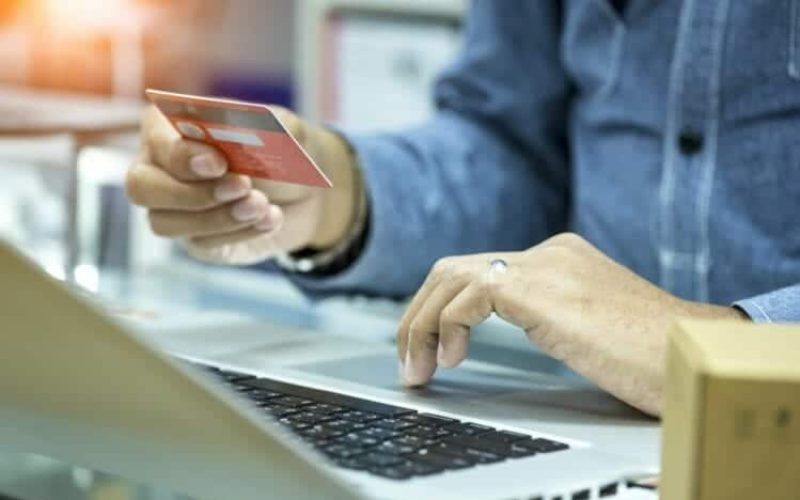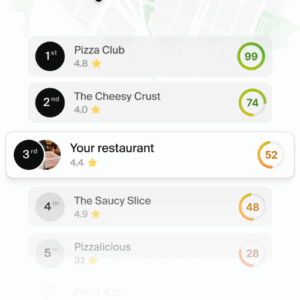The convenience economy is here.If you put off purchasing your anniversary gift, you can rely on two-day shipping; it’s just one click away. After drinking, you can request a ride instantly; it’s just one click away. Also when you are bored, choose something to binge. Thousands of hours of media can be binged on multiple platforms—it’s only a click away.
In today’s world, you have nearly instant access to anything you want—with just a click.
Consumers expect convenience and speed. In the US, nearly 80% of American consumers say that convenience is one of the most important elements of a positive customer experience. And that experience matters. 73% of consumers say that the customer experience weighs heavily into their purchasing decisions.
If we can binge TV instantly, call a driver to our doorstep, and order gifts online, it’s clear that the shopping experience has transformed—we are living in the convenience economy.
With speed and an effortless experience now the norm, consumers are spending less time shopping than ever before. In fact, the number of minutes consumers spend on shopping has fallen to 20% fewer minutes per week. And isn’t due to a lack of interest, it’s an expectation that shopping be more efficient. The minutes consumers dedicate to shopping are increasingly valuable.
What is the convenience economy? In today’s competitive landscape, consumers expect convenience. Ease and speed are table stakes in every business interaction. It’s expected that consumers can get what they want, where they want it, when they want it.
Local businesses before the internet
Local business was the original convenience economy. In the early days of the internet, online shopping couldn’t match the convenience of buying locally. What changed?
From 2005 to 2010 the world saw an increase in on-demand products and services, generating consumers’ need for convenience and speed:
- 2005 – Amazon launches two-day shipping
- 2007 – Apple releases first iPhone– Hulu is founded – Netflix starts streaming
- 2008 – Airbnb is founded
- 2008 – Spotify is launched
- 2009 – Uber is founded
And consumers realized how much this new on-demand or convenience economy was needed in their lives. In fact, 42% of US consumers have used the services of at least one on-demand startup. The reach is broad and only growing.
In 2014 the revenue for the on-demand app industry was $14 Billion, but it’s predicted to rise to $335 Billion by 2025.
How can your local business compete in the convenience economy?
With 59% of consumers saying that companies have lost touch with the human element of customer experience, it’s easy to see how: one-to-one communication. Personalized, convenient, relevant communication is what today’s consumer wants (when they want it, where they want it) — at the click of a button.
As a local business, you’re uniquely qualified to offer face-to-face interactions, shopping experiences that are both online and offline, and fast, convenient customer service.
It’s time for local businesses to reclaim convenience.
The answer? You can exceed the expectations of today’s consumer by providing mobile-first experiences, effortless buying experiences, and one-click payments.
Here are three ways you can implement mobile-first experiences to add convenience to your local business:
1 – Don’t make your customers call you, and don’t put them on hold.
Consumers today are on their phones. They spend nearly 4 hours a day on their mobile devices, more time than they consume TV.
And 90% prefer texting to traditional methods of communication, like when they engage with a business.
It’s clear that today’s consumers (80% of Americans) say that convenience is one of the most important elements of a positive customer experience.
2 – Let your customers buy with one click.
Missed sales could be walking out your door every day. Today’s consumer wants to be communicated to via text—in fact, 75% want to receive text messages with offers. And with the open rate for text messages at 98% (compared to 20% for email), it’s a no brainer. Give your potential customers a more convenient experience—50% complete a purchase after receiving a branded text.
Sending invoices or reminder emails about payments can easily get lost in overcrowded inboxes. Offer a better, more convenient way for your potential customers to complete their payment — send them the option to pay with a link via text.
3 – Let your customers tell you how you’re doing—in real time.
Earn repeat business by taking care of your customer issues in real time. With the opportunity to provide feedback, especially via text, your customers can communicate their problem or challenge as it happens, instead of in a poor review at the end of their experience.
With a messaging tool in place, you can gather insights into what your customers love about your product or service, why they’re leaving, or what hiccups they experience in their journey with you. Analyzing this real-time data will allow you to make improvements and retain customers.
It’s time for local businesses to reclaim convenience. Offer messaging to your customers for initial communication, payments, and feedback.
Improve the online reputation of your business with RAY
Do you want people to speak well of your brand online? With an adequate strategy you can improve the user experience and with it, the online presence of your business.
The best: you don’t have to spend all your time on homework. You only need the right tool.



